Soil augers are tools used to bore into the ground and extract soil samples. They are commonly used in various fields such as agriculture, geology, environmental science, and construction. Here are some specific uses:
1. Soil Sampling
Collect soil samples at different depths to analyze soil composition, texture, moisture, and nutrient levels.
Determine the suitability of soil for agriculture, construction, or environmental projects.
2. Agricultural Applications
Assess soil fertility and nutrient content for better crop management.
Evaluate soil conditions to plan irrigation and fertilization.
3. Geotechnical Investigations
Examine soil stability and properties for construction projects like foundations, roads, or dams.
Study subsurface conditions to identify potential risks like sinkholes or landslides.
4. Environmental Studies
Monitor soil contamination and pollution levels.
Assess soil conditions for land reclamation or remediation projects.
5. Groundwater Studies
Create boreholes to evaluate groundwater levels and flow patterns.
Collect samples for testing groundwater quality.
6. Archaeological Excavations
Investigate subsurface layers to locate artifacts or ancient structures.
Map stratigraphy to understand historical site formation.
Soil augers come in various types (e.g., bucket augers, hand augers, power augers) and sizes, depending on the specific application and depth required.
-
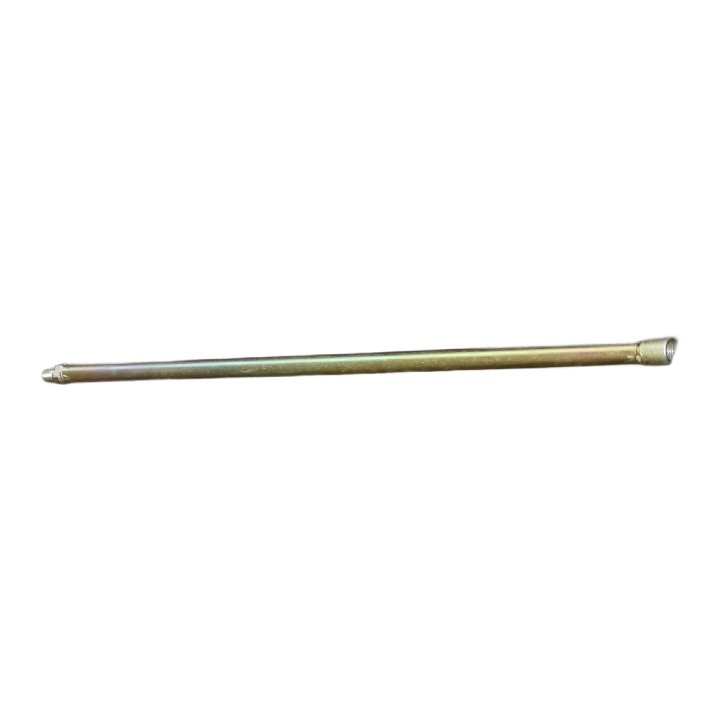 Add to cartQuick View
Add to cartQuick View -
 Add to cartQuick View
Add to cartQuick View -
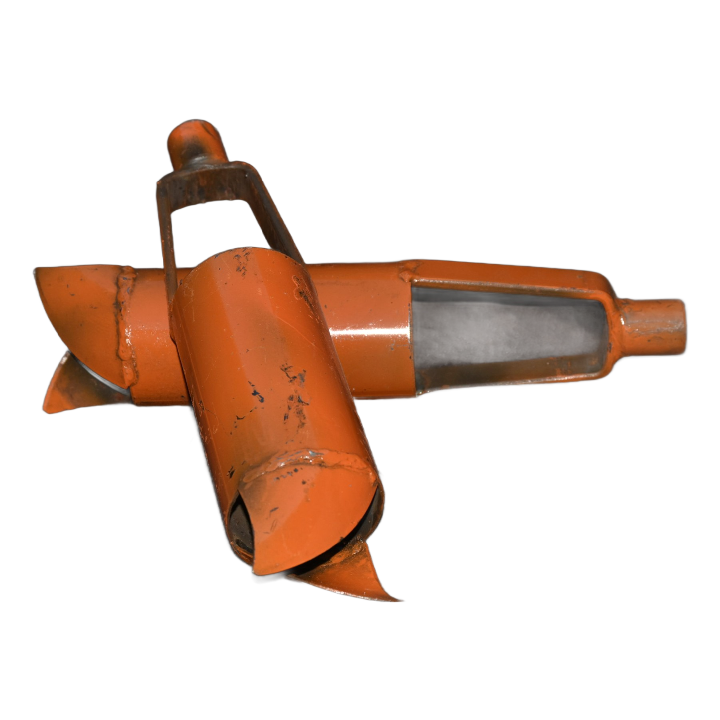
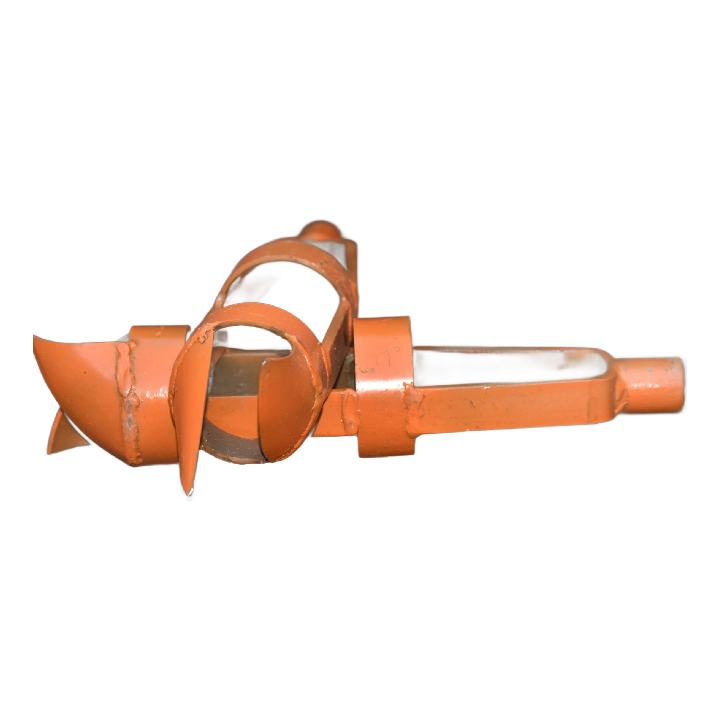 Add to cartQuick View
Add to cartQuick View -
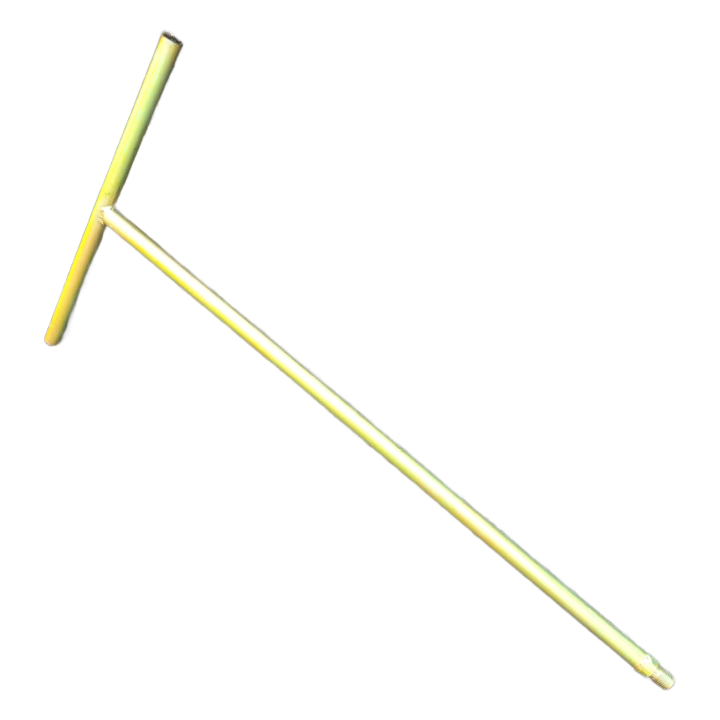 Add to cartQuick View
Add to cartQuick View -

 Add to cartQuick View
Add to cartQuick View -
 Add to cartQuick View
Add to cartQuick View -
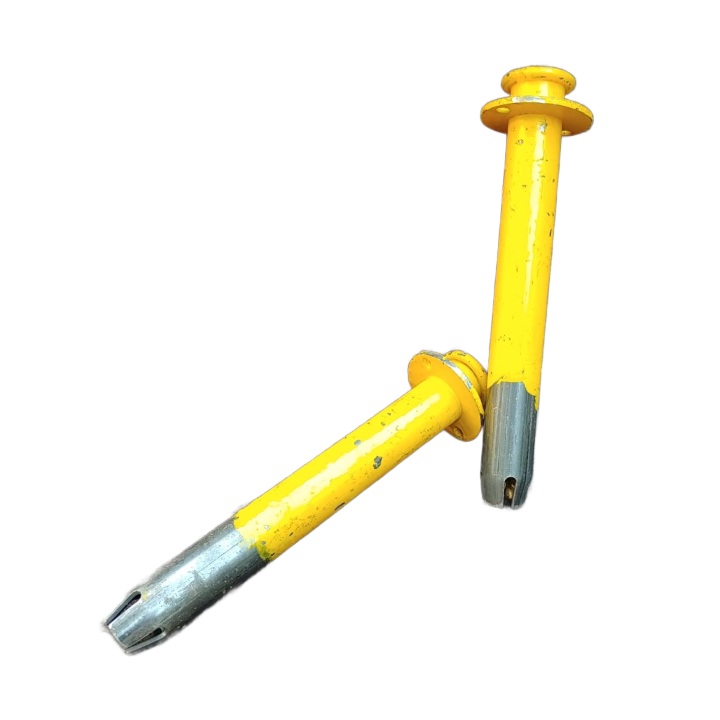 Add to cartQuick View
Add to cartQuick View -
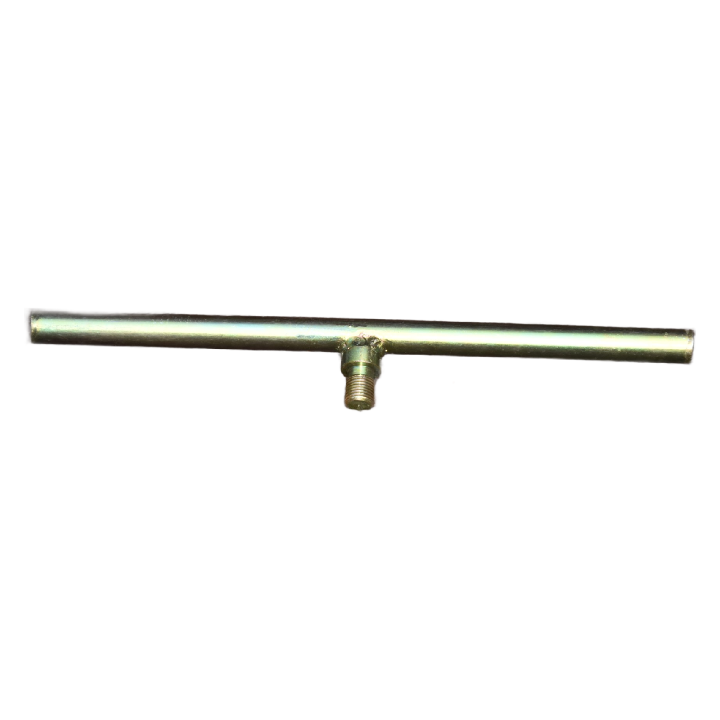 Add to cartQuick View
Add to cartQuick View -
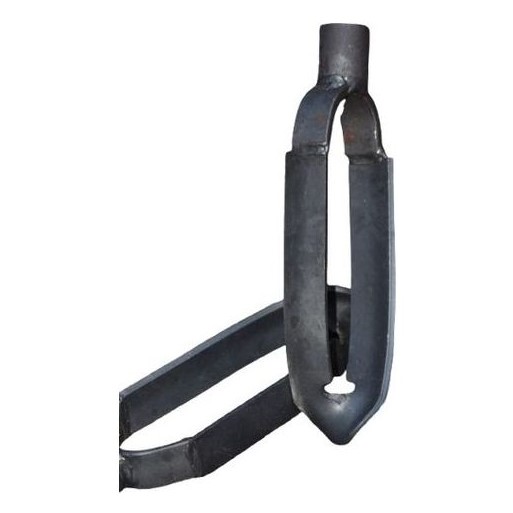 Add to cartQuick View
Add to cartQuick View -

 Add to cartQuick View
Add to cartQuick View -
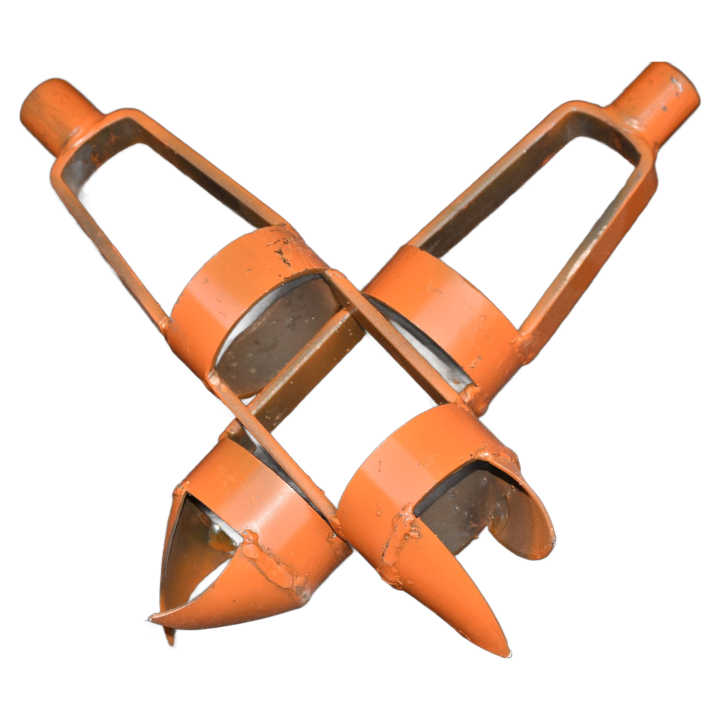 Add to cartQuick View
Add to cartQuick View -
 Add to cartQuick View
Add to cartQuick View


